The fig tree is an amazing fruit tree with very unique leaves.
A summary of key fig tree facts
Name – Ficus carica
Family – Moraceae (mulberry family)
Type – fruit tree
Height – 16 to 32 feet (5 to 10 m)
Exposure – full sun
Soil – ordinary
Foliage – deciduous
Fruit formation – May to September.
Harvest – July and August
Planting, care and pruning will greatly help increase the quality of the fig harvest.
- Health: health benefits of figs
Planting a fig tree
The recommended time to plant your fig tree is during the months of March and April or else in fall.
A spot that is sheltered from wind and in full sun will suit your fruit tree perfectly. Growing it is very easy.
Some say that the fig tree loves having its feet in the water and its head in the sun, because the soil must stay cool for it to grow best.
- A warm and sunny location is almost mandatory if you’re hoping for figs.
- In cold weather climates, consider planting your trees near a wall, since the added protection will help your plants withstand the cold.
- Fig tree are easily damaged in drafty and windy spots.
Pruning and caring for fig trees
Pruning fig trees is important.
Trimming your fig tree will speed its growth and increase fig productivity.
- Try pruning at the beginning of spring when tree sap is just starting to flow.
- Figs develop on new growth and growth that is one year old.
- Pinching young branches in April is recommended: snip the tip off with you fingernails.
- For fig trees that are already well-formed, use a hand pruner to cut just above an outward-facing bud on the previous year’s growth.
- From September to December, you can cut the branches that have born fruit in order to enhance the following year’s fruit formation and harvest.
- Adding fig tree fertilizer will make fig production abundant.
Your fig tree doesn’t produce figs?
This question appears quite often, in our forum especially, and often leads many gardeners to despair when they don’t see any figs on their fig tree.
The fig tree is one of several fruit trees that require a long root development phase before figs appear.
There isn’t much to do about it: you must simply wait until your fig tree’s roots have developed enough.
- Planting your trees well certainly helps speed root growth and brings fruit-bearing forward in time.
- It is necessary to water your fig tree regularly over the first 2 years after planting.
- Adding dehydrated manure at the foot of the fig tree in spring will give it the nutrients it needs for its growth.
Figs don’t ripen
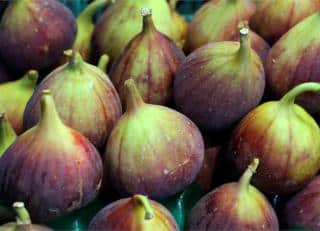
Fruits appear after flowering, grow to about an inch (a couple centimeters) across, then fall off before having ripened completely.
Causes for this are often straightforward. They can be related to one or more of the following factors:
- The fig tree may lack sun at the time when it needs it most, that is, during the ripening phase of the fruits.
- The tree may not yet have enough roots to reach out to all the nutrients it needs in the soil. Patience is your only recourse in this case, although fertilizing at the beginning of spring can help, too.
- Your fig tree can’t settle in where it is currently placed, perhaps winds are too strong, or the spot lacks warmth. If your tree hasn’t grown too large yet, consider transplanting it to a more auspicious place.
Species and varieties of figs
Among the single crop varieties (that only produce fruits once a year), you’ll find:
- ‘Violette de Sollies’ – red flesh fig variety.
- ‘Paris’ – slate blue colored figs, large flat fruits.
- ‘Blanquette’ – pink flesh fig variety.
Among the double-crop varieties (that produce fruits twice a year) are the following:
- ‘Goutte d’Or’ – variety with large golden fruits and a very abundant productivity.
- ‘Blanche d’Argenteuil’ – fig variety that is perfect for slightly northern areas.
- ‘Caromb’ – elongated fig variety.
Learn more about fig trees
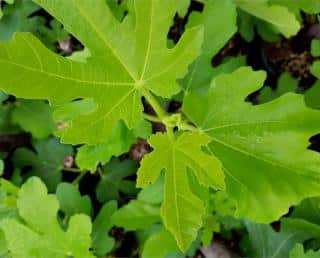
It is without a doubt one of the most beautiful fruit trees, also known for the quality of its fruits.
The dark green color of its foliage, the shape and size of its leaves also make it a pleasurable spot of shade to hide away from summer heat.
It is hardy and versatile in that it adapts to most types of soil, and you won’t have any trouble having it grow, and in short time harvest fabulous figs!
Smart tip about the fig tree
The fig tree is very easy to layer, choose a nice branch and prepare your own layering!
- Tips and guidance on how to care for Ficus benjamina
- Growing and caring for Ficus elastica, the rubber tree
CC BY-NC-ND 2.0: Larry

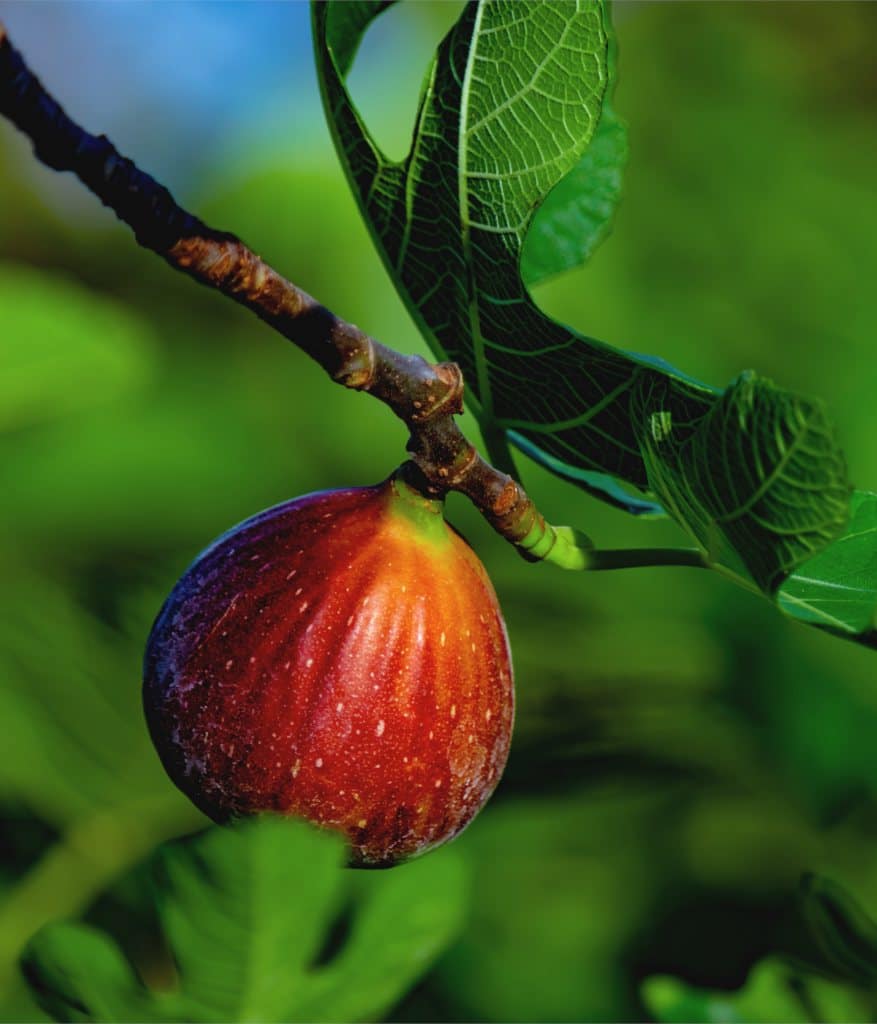

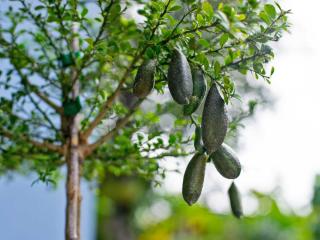
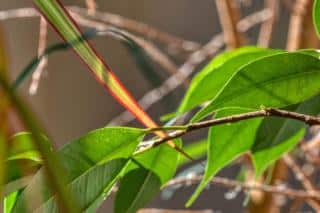
I have a question
Ask my questionI'd like to comment
Post a comment